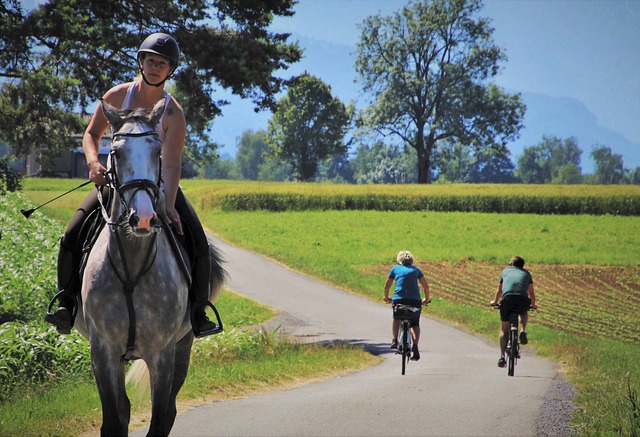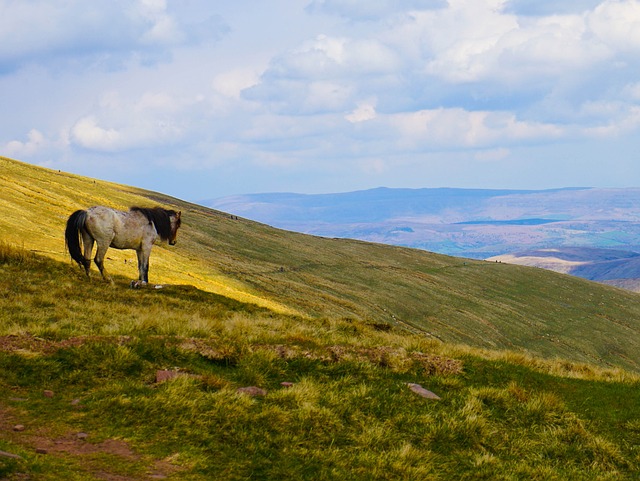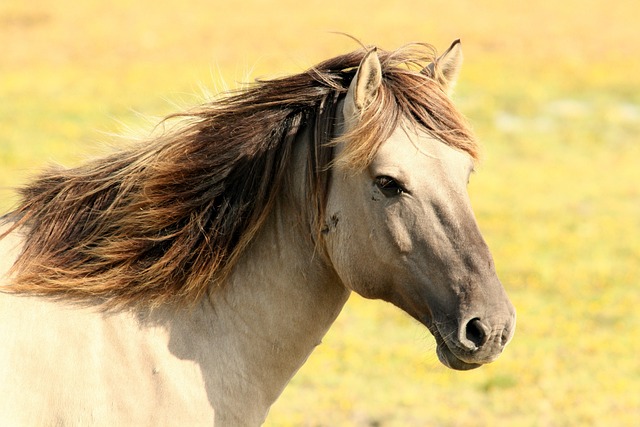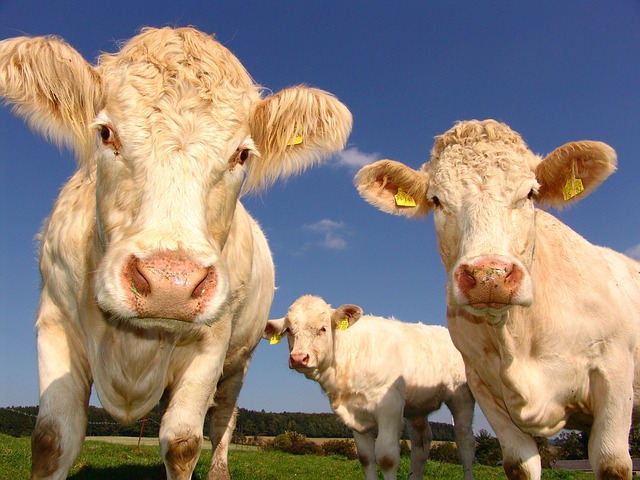Riding & Road Safety

Mastitis in mares
March 10, 2023
Why wont my horse put its head down after an injection?
March 16, 2023
Categories
Riding and Road Safety: A Guide for Equestrians and Motorists
As an equestrian, riding on roads can be a necessity when accessing certain trails or traveling between stables. However, sharing the road with cars and other vehicles can be a dangerous and stressful experience. In order to ensure the safety of both parties involved, it is important for equestrians and motorists to follow a few key guidelines.
For Equestrians:
- Wear High-Visibility Clothing: When riding on the road, it is essential to be visible to motorists. Wear reflective clothing or a high-visibility vest, and add reflective tape to your horse’s equipment. This will make it easier for drivers to see you from a distance.
- Use Hand Signals: Use clear hand signals to indicate your intended direction of travel. Drivers may not be familiar with equestrian hand signals, so make sure to use signals that are universally understood, such as pointing left or right.
- Be Predictable: Maintain a consistent speed and stay in a straight line. Avoid sudden movements or changes in direction that could startle drivers.
- Follow Traffic Rules: Equestrians are considered vehicles when riding on the road. Therefore, it is important to follow the same traffic rules as cars and motorcycles. This includes stopping at stop signs and traffic lights, and using hand signals when turning.
- Stay Alert: Be aware of your surroundings at all times. Listen for approaching vehicles and look out for potential hazards such as potholes, debris, or loose gravel on the road.
For Motorists:
- Slow Down: When approaching a horse and rider, slow down and be prepared to stop if necessary. Give the rider plenty of space, at least a car’s width, and pass at a safe speed.
- Stay Calm: Horses can be easily spooked by loud noises and sudden movements. If you need to pass a horse, do so slowly and calmly, without honking or revving your engine.
- Be Patient: Equestrians may need to take up more space on the road, and may not be able to move as quickly as cars or motorcycles. Be patient and wait for a safe opportunity to pass.
- Avoid Sudden Movements: If a horse and rider are approaching, avoid sudden movements or changes in direction that could startle the horse. Keep a safe distance and give the rider plenty of time to pass.
- Be Alert: Look out for equestrians on the road, especially in rural areas or near horse stables. If you see a horse and rider, slow down and proceed with caution.
In conclusion, riding and road safety is a shared responsibility. Both equestrians and motorists must take steps to ensure the safety of themselves and others on the road. By following these guidelines, we can create a safer environment for all.
The Highway Code
- Vehicles should now pass horses at no more than 10mph and must allow at least 2 metres of space when passing.
- Hierarchy of road users – pedestrians are listed as the most vulnerable road user, followed by horses and cyclists.
- Our Dead Slow messaging is now incorporated within the Highway Code.
- Feral and semi-feral horses on Exmoor, Dartmoor and the New Forest are now included.




